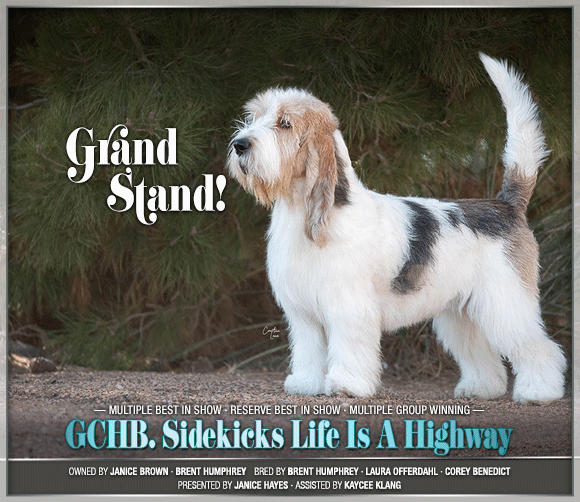Food For Thought
By Jane Myers
As of late, there seems to be a barrage of Breed Standard revisions. Many of these changes are for clarification purposes, but these revisions may also include new disqualifications. Changing a breed standard should not be taken lightly and does come with consequences.
Adding a disqualification will make some dogs ineligible for conformation events. Previous colors not mentioned in the breed standard or suggested height, or weight limits may now be a disqualification (DQ), meaning that even if your dog has already received a title, it will no longer be eligible and will be disqualified. Even when a revision is not a disqualification, it can still impact your dog’s career. That’s right, your Grand Champion now has a fault, a serious fault or disqualification that was not there yesterday, much less at the beginning of his career. Furthermore, who would want to breed to a faulty dog? For example, the ban on cropping in the late 1800s in England instantly removed some of the best dogs, not only from the show ring but often from breeding programs; and some breeds were never able to recover. http://caninechronicle.com/?p=211267
Two of the breeds that come to mind are the Siberian Husky which recently added a DQ for merle, and the Great Dane which added merle to its standard. I would pose the question, Why? I do know that certain color genes can carry health problems. Do Siberians carry health issues with the merle gene? Was that the reason for the DQ? Are Great Danes free of health concerns regarding the merle gene?
One of the first breeds recognized by AKC is the Pointer in 1878. The current Pointer breed standard was approved in 1975 and has had no changes since. Irish Terriers were recognized in 1885 and the most recent standard was approved in 1968. The English Foxhound was recognized by AKC in 1909, and that breed standard has been untouched since 1935. Wow! 86 years with no changes!
How are these breeds and others able to endure the test of time with no breed standard changes? They certainly have done their fair share of winning and still look as true to type as any in those old Maud Earl prints or Tauskey photos. So, what’s up with breed standards that have been in place for decades now needing revisions and added DQs? Other than for health concerns, why are national breed clubs changing their breed standards? Are they changing the standards to fit the current trends of their breed? Or are they making revisions because they are unable to breed to the current standard? Should the dog fit the standard or should the standard fit the dog? That is the question.
I’m Jane Myers and that’s the way I see it.
Short URL: http://caninechronicle.com/?p=214744
Comments are closed













